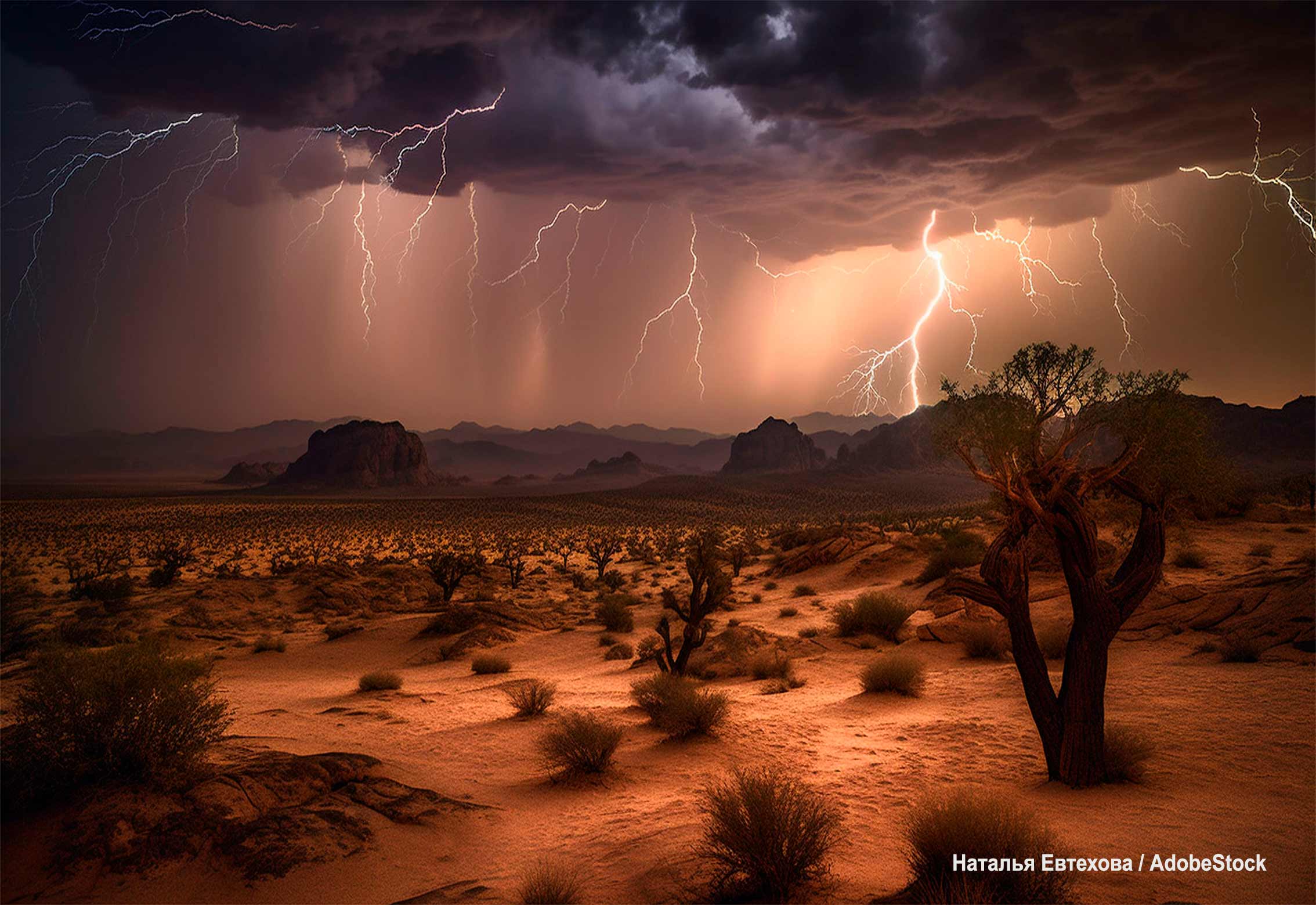FAQ about the El Niño phenomenon 2023-2024

9. How often does the boy phenomenon occur?
El Niño is a natural phenomenon in the Pacific Ocean, which appears from time to time, but there is no systematic pattern. The event brings warmer than average sea surface temperatures and has a major influence on climate around the world, affecting billions of people.
The warmest waters of the oceans are normally confined to the western Pacific by winds that blow from east to west, pushing the warmer waters towards Indonesia and Australia.
Scientists are still searching for an answer as to why this happens, but the slowdown in winds can last weeks or months.
The El Niño phenomenon occurs every two to seven years in varying intensity, and the waters of the eastern Pacific can be up to 4 degrees Celsius warmer than normal.
FAQs about the El Niño phenomenon 2023-2024
1. What is the El Niño phenomenon and what does it get its name from?
2. What is the formation process of the El Niño phenomenon?
3. When did the 2023-2024 El Niño phenomenon begin and when will it end?
4. Would global warming worsen the 2023-2024 El Niño phenomenon?
5. Which countries are most vulnerable to the El Niño phenomenon?
6. What would be the consequences of the El Niño 2023-2024 phenomenon?
7. What provisions can be made to minimize the effects of the El Niño phenomenon?
8. How are the El Niño and La Niña phenomena related?
9. How often does the El Niño phenomenon occur?
10. What are the recorded El Niño phenomena and which has been the most devastating?
Other sections of El Niño 2023-2024
Scientists estimate that the 2023-2024 El Niño, exacerbated by the climate crisis, will likely raise global temperatures to new records in 2024. Read +

